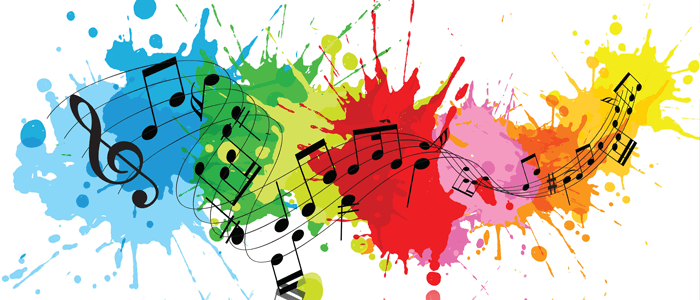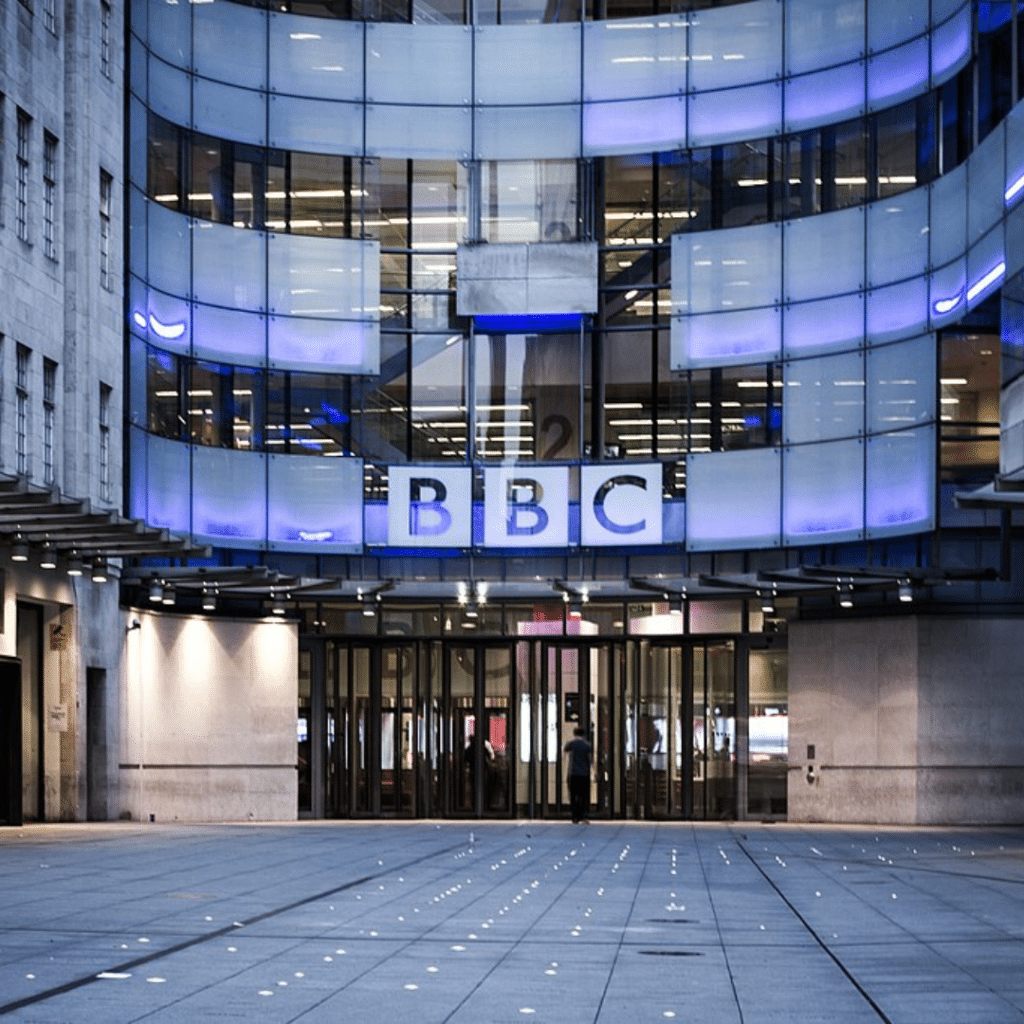
Introducing the Brand: A blog by Clare Bowen

Ben Foster of MC&C recently wrote for Campaign about the significance of unprompted brand-awareness in the world of voice-activated technology. He advised that in a screen-free environment, saliency will be evermore important for brands, without the leg-up that paid-for search provides.
Radiocentre’s latest research Getting Vocal, further explores the shift in human interaction with technology from screen to voice. Amazon’s voice-controlled ‘Echo’ device has enjoyed a rapid adoption rate since its launch in autumn 2016. Over 9% of UK households now own one or more devices and claimed intent-to-purchase suggests that household penetration of voice-controlled smart devices could hit 40% by early 2018. Google launched its rival ‘Home’ in April. Listening to radio or on-demand music services is Echo’s most widely reported use. The frictionless experience is leading to increased listening for both live radio and on-demand music services. Non-visual entertainment has a natural affinity with this environment, and this has implications for non-visual commercial messaging too.
Since 1930s soap operas, radio has proved an effective means to imbed brands into the public consciousness. Radiocentre’s Brand Multiplier research suggests that advertisers often fail to capitalise on the brand-building potential of distinctive sonic assets – music, voice and sonic logos – to deliver mental availability for advertisers. Given the interest in Echo and Home, sonic brand identity is set to be ever more important consideration as brand battle for mental space.
An agency approached us recently. They were asking for examples where audio has been used to clarify the pronunciation of hard-to-say brands, or to introduce a new brand to an unfamiliar audience. When Stella Artois launched their premium ‘Cidre’ brand onto the British public, they cast an urbane Belgian to remind drinkers ‘C’est Cidre, not cider’ across TV and radio. Faux Boy Band ‘The Churned’ once serenaded X-Factor audiences for Yeo Valley to show there’s no ‘e’ in Yeo.
We see particular emphasis on sonic branding amongst technology brands. As sound begins to supplement screens, it is important for new brands to ensure they are both sonically as well as visually distinctive to build sufficient awareness to support growth. Many brands use music as a sonic shorthand within the brand name itself. Online electrical delivery service AO uses The Ramones’ rallying cry ‘let’s go!’ to cement its pronunciation. A long-term radio advertiser, British Gas uses a homely ditty to introduce connected its home device, Hive. A future-facing product with a pretty traditional creative strategy.
In an attention-poor commercial environment, musical stings can be a particularly effective shortcut to saliency. We teach children in rhymes and songs because our brains are hard-wired to accept and take solace, in sonic patterning. Importantly, they also help us establish vocabulary. Similarly, in an advertising context, music can become an efficient compression of attention, emotion and brand.
With the forward march of automation, we can only expect the influence of sound-activated devices to strengthen. New brands would do well to consider how they can build sonic distinctiveness into their DNA. Brand sound needs to shift from an afterthought to something that’s so familiar it doesn’t require thought. And as it grows in this voice-enabled environment, radio might just be an effective means to ensure it does.



